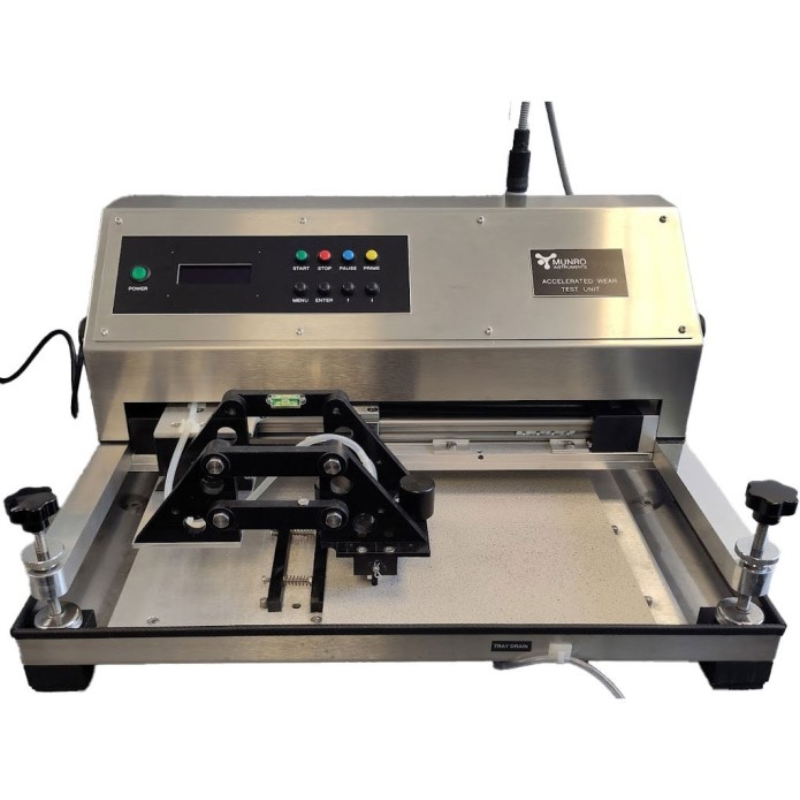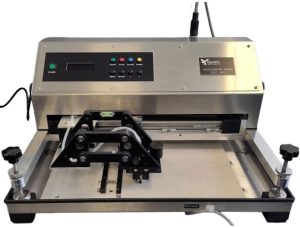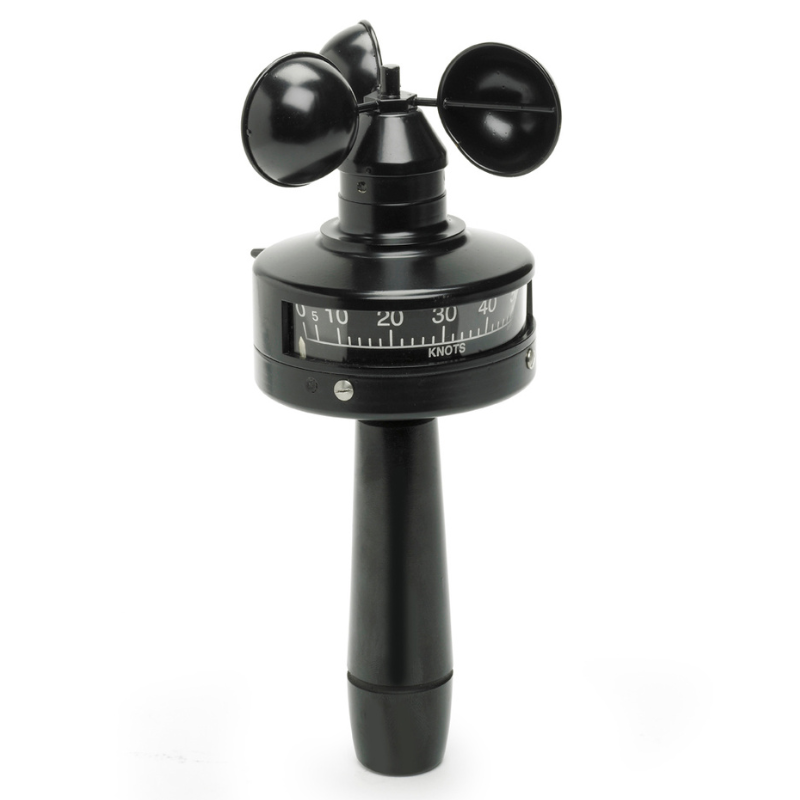Assessing floor wear involves evaluating the condition and durability of different types of flooring over time. Each flooring type has unique characteristics and wear patterns. Here’s an overview of the most common types of flooring and their wear assessment criteria:
-
Hardwood Flooring
Characteristics:
- Made from solid wood planks.
- Known for its natural beauty and durability.
- Can be sanded and refinished multiple times.
Wear Assessment:
- Surface Scratches and Dents: Check for visible scratches, dents, and gouges, especially in high-traffic areas.
- Finish Wear: Look for areas where the finish has worn off, indicating the need for refinishing.
- Warping and Cupping: Inspect for any warping or cupping of the wood, which can be caused by moisture.
- Discoloration: Assess for fading or discoloration due to sunlight exposure or spills.
-
Laminate Flooring
Characteristics:
- Composed of a photographic layer of wood or stone design, covered with a protective layer.
- Less expensive and easier to install than hardwood.
Wear Assessment:
- Surface Wear: Check for scratches, especially since laminate cannot be refinished.
- Joint Separation: Look for gaps between planks that can develop over time.
- Swelling: Inspect for swelling or bubbling due to water damage.
- Fading: Assess for fading or discoloration from sunlight exposure.
-
Vinyl Flooring (including Luxury Vinyl Tile/Plank)
Characteristics:
- Made from synthetic materials, often designed to mimic the look of wood or stone.
- Highly durable and water-resistant.
Wear Assessment:
- Surface Scratches and Tears: Check for scratches, tears, or gouges in the surface.
- Wear Layer Integrity: Inspect the wear layer for thinning, which can indicate a need for replacement.
- Seam Integrity: Look for any gaps or curling at the seams.
- Discoloration: Assess for any color changes due to UV exposure or chemical spills.
-
Ceramic and Porcelain Tile
Characteristics:
- Made from clay materials, often glazed.
- Extremely durable and water-resistant.
Wear Assessment:
- Cracks and Chips: Check for any cracks or chips in the tiles.
- Grout Condition: Inspect the grout lines for discoloration, crumbling, or missing sections.
- Surface Wear: Look for worn or scratched glaze, which can make tiles look dull.
- Uneven Tiles: Ensure all tiles are level and secure without any lifting.
-
Carpet
Characteristics:
- Made from fibers like wool, nylon, or polyester.
- Offers warmth and comfort but can wear down more quickly in high-traffic areas.
Wear Assessment:
- Matting and Crushing: Check for areas where the carpet fibers are matted down or crushed.
- Stains and Discoloration: Look for stains, discoloration, or fading.
- Wear Patterns: Assess for visible wear patterns, particularly in high-traffic areas.
- Odor: Note any persistent odors, which can indicate trapped dirt or mold.
-
Natural Stone (Marble, Granite, Slate)
Characteristics:
- Made from natural quarried stone.
- Highly durable and aesthetically pleasing but can be porous.
Wear Assessment:
- Surface Scratches and Chips: Inspect for scratches and chips, especially on softer stones like marble.
- Staining: Check for stains, which can occur if the stone is not properly sealed.
- Sealing Integrity: Assess the effectiveness of the sealant; water should bead up on the surface.
- Cracks: Look for any cracks, which can develop due to settling or impact.
General Assessment Tips:
- Regular Maintenance: Regular cleaning and proper maintenance extend the life of any flooring.
- Professional Inspection: Periodic professional assessments can identify issues that might not be visible to the untrained eye.
- Environmental Factors: Consider the environment where the flooring is installed, as moisture, sunlight, and temperature can significantly affect wear and tear.
MUNRO provides Floor Wear Assessment for the types of flooring: Hardwood Flooring, Laminate Flooring, Vinyl Flooring, Ceramic and Porcelain Tile, Carpet, Natural Stone.
The article is written in general terms and may contain errors








